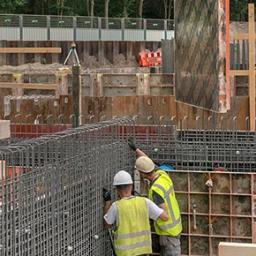Competitive network positions in trade and structural economic growth
In this paper, the authors identify two components of European regional economic growth: demand-led growth due to growing export markets and structural growth due to growing market shares in those export markets. Of these two, only structural growth, on average ca. 20% of total growth, is potentially affected by regionally varying locational characteristics. The largest part of regional economic growth (80%) is determined by demand-led growth and cannot be influenced by the region itself.
Applying a neo-classical regional growth model using geographically weighted regression, the paper shows that the degree of revealed competition in trade and services between sectors in a region moderates structural growth in that region. Regions operating on similar international markets share favorable structural growth prospects, with locational determinants playing a more – albeit still limited – significant role due to similar externalities. This emphasizes the importance of region and sector specific regional markets as determinants of regional economic growth. Recently advocated place-based development strategies of European regions are therefore important but should be complemented with competitive regional network strategies.
Authors
Specifications
- Publication title
- Competitive network positions in trade and structural economic growth
- Publication date
- 29 March 2016
- Publication type
- Publicatie
- Magazine
- Regional Science
- Product number
- 2051




